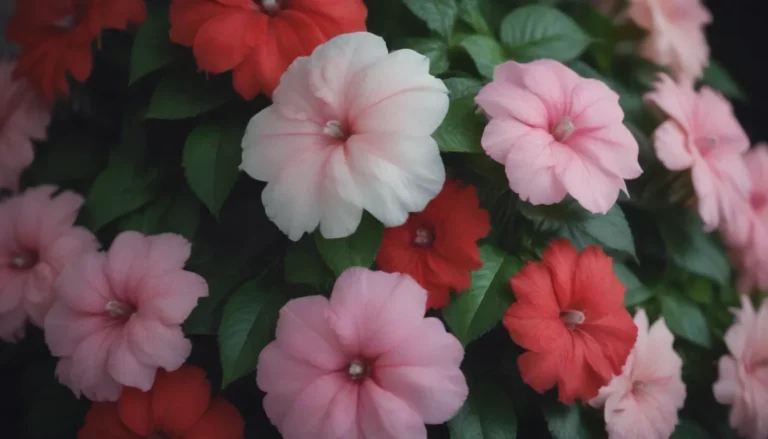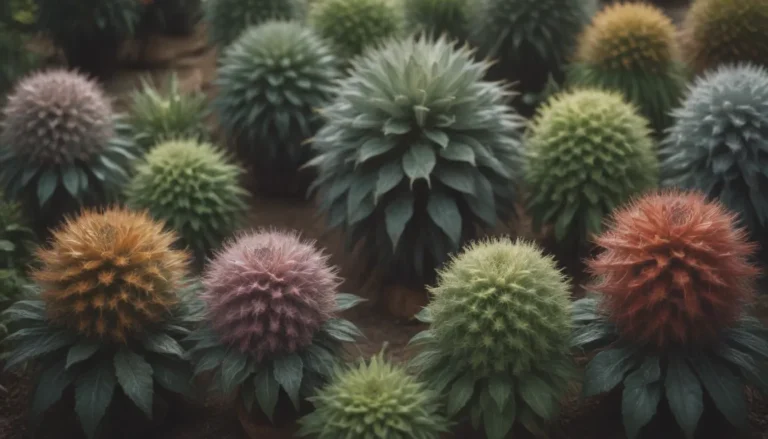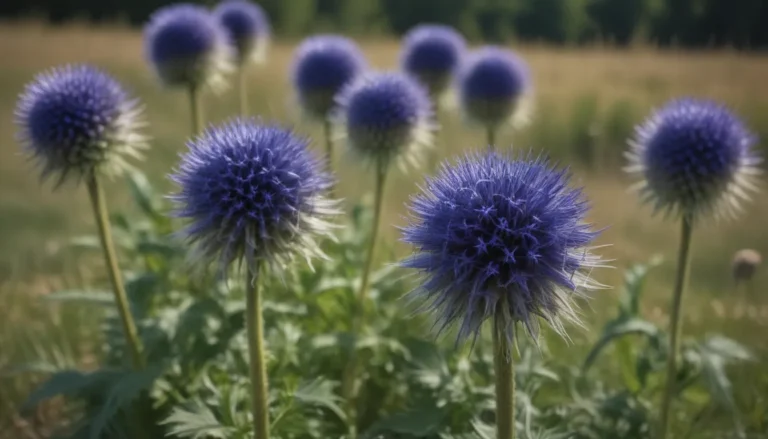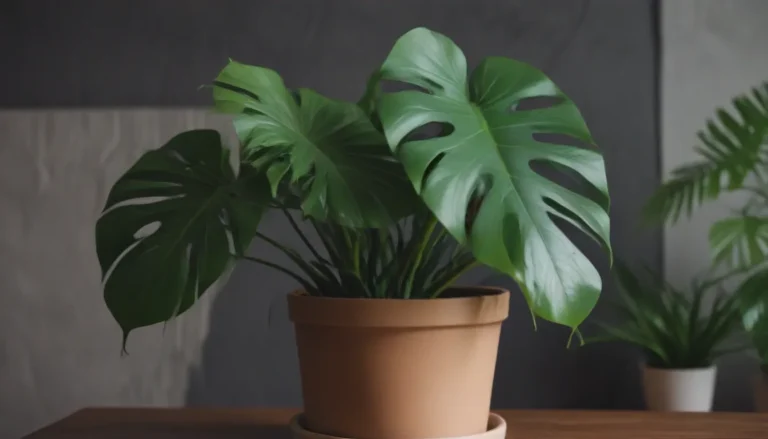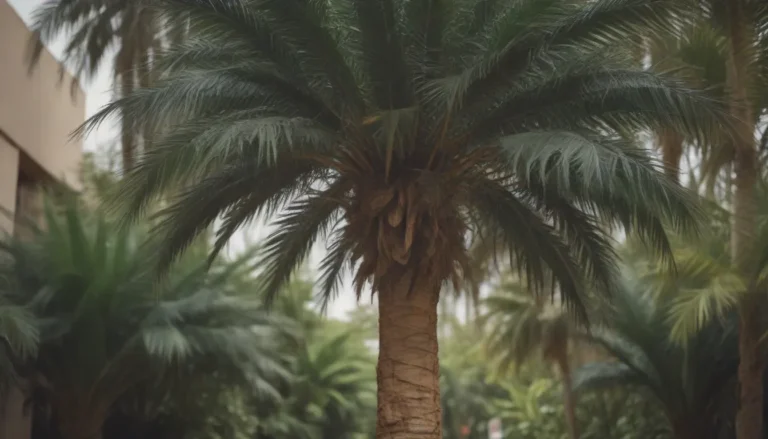Everything You Need to Know About Growing and Caring for Persian Violets
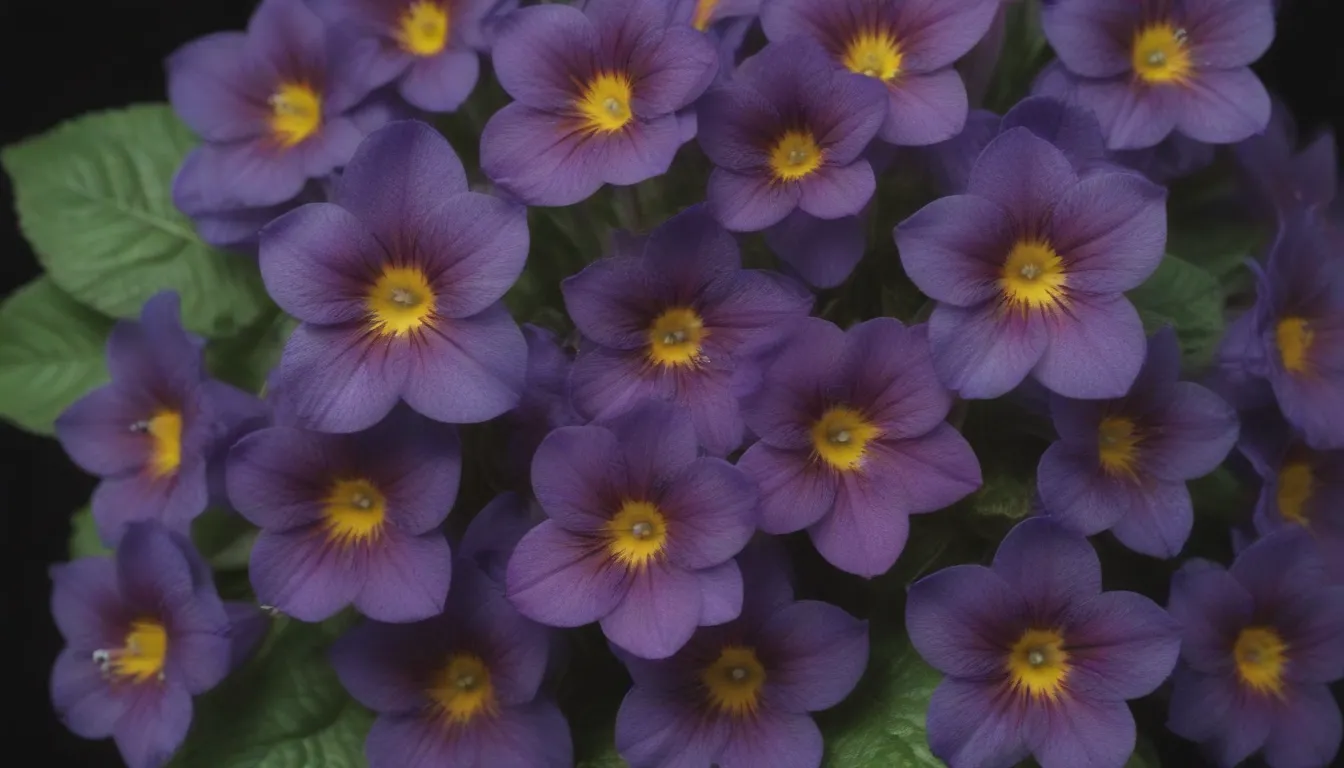
If you’re looking to add a touch of beauty to your indoor or outdoor space, Persian violets might be the perfect addition. These short-lived biennial flowering plants are a favorite among many gardeners for their eye-catching foliage and fragrant flowers. Whether you plan to grow them as houseplants or in your garden, Persian violets are sure to brighten up any space with their elegant blooms.
Introduction to Persian Violets
Persian violets are known for their petite, ovate, glossy dark green leaves and star-shaped blue-violet flowers with yellow centers. They bloom profusely in the spring and summer, creating a stunning display of color. While they are short-lived and only last for two growing seasons, they are well worth the effort for the beauty they bring to your garden or home.
Benefits of Growing Persian Violets
- Beautiful, fragrant flowers
- Easy to care for
- Adds color to any space
Where to Grow Persian Violets
Persian violets can be grown both indoors and outdoors. In tropical and subtropical regions, they can be grown outdoors as annuals. For those outside of their hardiness zones, growing them as container plants is a popular option to enjoy their beauty.
How to Care for Persian Violets
Caring for Persian violets is relatively easy, as long as you provide them with the right conditions and attention. Here are some tips to help your Persian violets thrive:
Light
- Preference: Bright, indirect light
- Avoid: Direct sun, especially in the afternoon
- Ideal: Bright areas near windows
Soil
- Type: Well-draining soil
- pH: Slightly acidic
- Recommendation: African violet potting mix for potted plants
Water
- Preference: Consistently moist, but not soggy
- Tip: Use room-temperature water to avoid shocking the plant
Temperature and Humidity
- Ideal Temperature: 60-75 degrees Fahrenheit
- Humidity Preference: At least 50%
- Avoid: Cold drafts, direct air from heaters or air conditioners
Fertilizer
- During Bloom: Use a liquid fertilizer for flowering plants
- Tip: Avoid slow-release fertilizers for short-lived plants
Common Pests
- Issue: Spider mites can be a problem
- Treatment: Check for webbing and leaf damage, mist leaves to deter mites
Types of Persian Violets
Persian violets come in several varieties with different flower colors. Each variety brings its unique beauty to your garden or home, adding diversity to your plant collection.
Propagating Persian Violets
- Timing: Plant in the spring after the threat of frost has passed
- Tip: Choose healthy nursery plants for successful propagation
Potting and Repotting
- Indication: Root bound plants may require repotting for better growth
- Solution: Carefully repot in a slightly larger container with fresh soil
Common Problems
- Issue: Wilting leaves
- Cause: Overwatering or underwatering
- Solution: Check soil moisture and adjust watering accordingly
Conclusion
In conclusion, Persian violets are a delightful addition to any garden or indoor space. With their striking foliage and fragrant blooms, they are sure to capture the hearts of many gardeners. By providing them with the right care and attention, you can enjoy their beauty for the duration of their growing season. Whether you choose to grow them indoors or outdoors, Persian violets are a versatile and charming plant that will brighten up any space.
Next time you’re looking to add a touch of elegance to your home or garden, consider adding Persian violets to your collection. Their beauty and ease of care make them a popular choice among many gardeners. With the right conditions and attention, you can enjoy their delicate flowers and vibrant foliage for seasons to come. Happy gardening!

